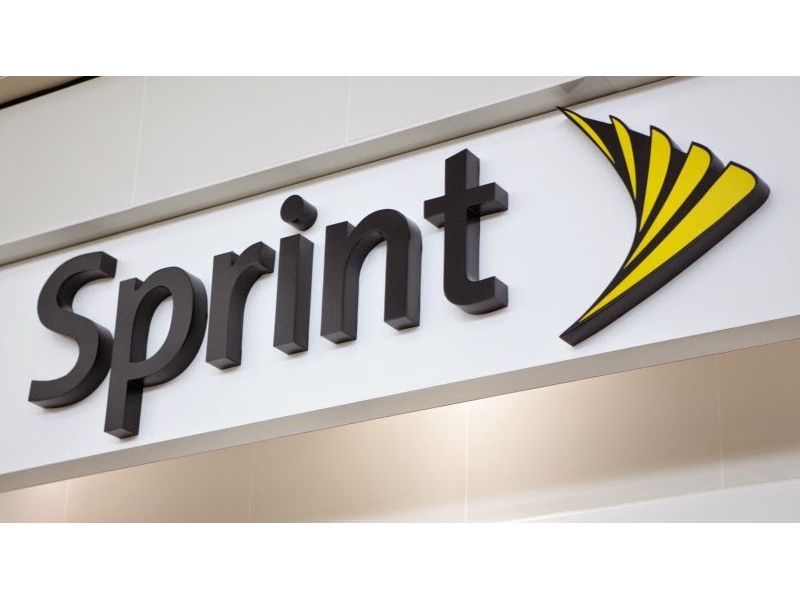
Sprint gained postpaid phone subscribers in the fiscal second quarter ending Sept. 30 for the first time in more than two years, thanks in part to the company’s phone-leasing program, improved network performance, and the company’s best-ever quarterly postpaid churn rate of 1.54 percent.
Postpaid phone net adds hit 237,000, although that number includes 199,000 of Sprint’s Boost and Virgin Mobile prepaid subscribers who migrated to postpaid service under a new program intended to bring credit-worthy prepaid customers to more lucrative postpaid service. Most of the migrating subscribers opted for Boost and Virgin postpaid plans, and some migrated to Sprint-brand plans.
CEO Marcelo Claure also attributed the postpaid-phone turnaround in part to the opening of 1,435 co-branded Sprint/RadioShack stores, where postpaid activations rose compared to the period when, as RadioShack stores, they sold multiple carriers’ services. The accessory adoption rate also improved in the stores, where Sprint products are sold by Sprint salespeople, he said.
“This quarter marked an inflection point in our turnaround journey,” said Sprint CEO Marcelo Claure.
The company also posted total postpaid net adds of 553,000, which includes phones, tablets and other data devices. That was up from a year-ago loss of 272,000.
Total subscriber net adds rose to 1.1 million from a year-ago 590,000 and the first quarter’s 670,000. Total net adds consist of postpaid net adds, 868,000 MVNO and affiliate net adds, and a loss of 363,000 prepaid subscribers.
The customer base grew to 30.6 million, which nonetheless keeps the carrier in fourth place by subscriber base.
Despite the gains, wireless revenues fell 5.2 percent to $7.52 billion from the year-ago period, and wireless operating revenue was $19 million, down sequentially from the first quarter’s $542 million but up from a year-ago loss of $110 million.
More cuts coming: To further boost the bottom line, Sprint will cut $2 billion in operating expenses in fiscal 2015 following this fiscal year’s cut of $1.5 billion, Claure said. Areas being examined for cost reductions include how the carrier buys devices and the mix of direct and indirect distribution to cut customer-acquisition costs, Claure said. The company is also looking at reduced customer-care costs as simplified plans reduce the number of calls to customer service. Roaming charges will also go down because the carrier has expanded coverage, he said.
Also to boost profits, the company is taking “a selective approach to customer acquisition,” and it raised the price of an unlimited-data plan to $70 from $50, he said.
Leasing benefits: The company’s year-old leasing plan for select devices, launched a year ago with the iPhone and extended to other select premium devices, is also helping build up the bottom line, Claure said. More than 50 percent of handsets sales are leased phones, he noted.
The iPhone Forever leasing program, for example, helps reduce churn because consumers are allowed to upgrade once a year, starting the 21-month leasing term over. Leasing also lets Sprint “capture the residual value” of phones when a lease expires, he said.
In other comments, Claure said it rolled out 2x20MHz carrier aggregation in 80 of its 2.5GHz markets to increase network capacity and accelerate download speeds rough a dozen devices equipped with the technology.













